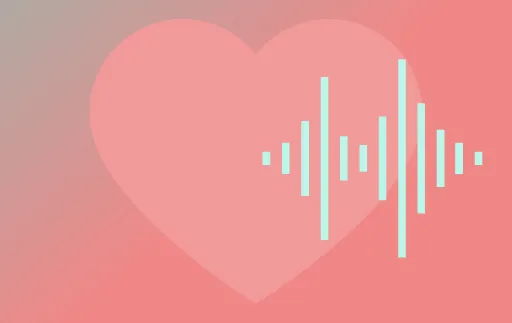
When patients don’t understand discharge instructions, care and outcomes can suffer. Ignoring potentially concerning symptoms, failing to take prescribed medication or missing follow-up visits are all avoidable when providers can follow up with patients to ensure they’re not only adhering to discharge instructions, but following them correctly. According to one study, at least 78% of patients discharged from the emergency department didn’t fully understand at least one area of their post-admission care and discharge instructions.¹, ²
In addition to driving positive healthcare outcomes for patients, timely post-discharge follow-up checks can also identify issues before they lead to hospital readmission, which dramatically influences financial outcomes for healthcare providers.
- Patients hospitalized with acute conditions are less likely to be readmitted if they are contacted as part of an early follow-up program post-discharge.³
- Twenty percent of readmissions are likely to be prevented in patients with three or more chronic conditions if they are contacted by a provider of care within 14 days of discharge.⁴
20% of readmissions are likely to be prevented in patients with three or more chronic conditions if they are contacted by a provider of care within 14 days of discharge.⁴
Why patient follow-up is so challenging
Of course, post-visit discharge checks aren’t new. They’ve become an industry best practice designed to improve the patient experience and quality of care and increase the bottom line. So, if the benefits of post-visit follow-up are recognized by providers and healthcare systems, why aren’t more patients being contacted? And why aren’t providers doing more to make sure that patients are correctly following care instructions after they leave the office or hospital?
The reality is, connecting with every single patient is time consuming and resource intensive. Even if providers prioritize patients most in need of follow-up, the process of determining which patients to contact and then calling each and every one of them diverts valuable trained staff from essential activities.
Add in the complexity of various service lines with their own unique post-discharge instructions, and it quickly becomes an inefficient and costly process. Faced with allocating valuable resources to patients at the point of service or moving staff to a desk to make post-visit follow-up calls, providers naturally prioritize in-office or acute care.
The process of determining which patients to contact for post-discharge follow-up, and then calling each and every one of them, diverts valuable trained staff from essential activities.
Automating with Grace virtual agent
Fortunately, there is another option that addresses resource challenges, creates a positive patient experience and supports more timely and consistent post-visit discharge follow-up.
Automating the process with virtual agents enables healthcare providers to more conveniently and cost effectively perform post-visit discharge follow-up without sacrificing the ability to effectively identify adverse events or customize follow-up by service line.
In today’s outcomes-driven, patient-experience healthcare environment, providers and systems are looking to Gridspace Grace to help. The Gridspace Grace virtual agent enables healthcare providers to more conveniently and cost effectively perform post-visit discharge follow-up. As the most advanced, natural-sounding virtual agent, Grace is a task-specific, next-generation conversational voice bot that can handle customer interactions in a natural and friendly manner, giving patients a timely, easy way to engage with providers after discharge, while also ensuring that adverse events are identified and escalated.
And, because Grace integrates with existing voice technology and data systems, including inbound application programming interfaces (APIs) and outbound APIs to support integration into clinical systems, it’s easy to quickly start and scale.
Experience how Grace scales voice bots to complete all patient calls in a timely manner and creates seamless handoffs when escalation is needed. Listen to Grace perform a post-visit discharge follow-up call here and discover how Gridspace is pioneering real-time speech infrastructure for healthcare.
Automating the process with virtual agents enables healthcare providers to more conveniently and cost effectively perform post-visit discharge follow-up without sacrificing the ability to effectively identify adverse events or customize follow-up by service line.
¹ Engel KG, Heisler M, Smith DM, et al. Patient comprehension of emergency department care and instructions: are patients aware of when they do not understand? Annals of Emergency Medicine, April 2009.
² Buckley BA, McCarthy DM, Forth VE, et al. Patient input into the development and enhancement of ED discharge instructions: a focus group study, Journal of Emergency Nursing, Nov. 2013.
³ Hernandez AF, Greiner MA, Fonarow GC, et al., Relationship between early physician follow-up and 30-day readmission among Medicare beneficiaries hospitalized for heart failure, The Journal of the American Medical Association, May 2010.
⁴ Jackson C, Shahsahebi M, Wedlake T, DuBard CA, Timeliness of Outpatient Follow-up: An Evidence-Based Approach for Planning After Hospital Discharge, Annals of Family Medicine, March 2015.
 Back to Blog
Back to Blog